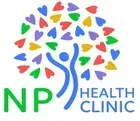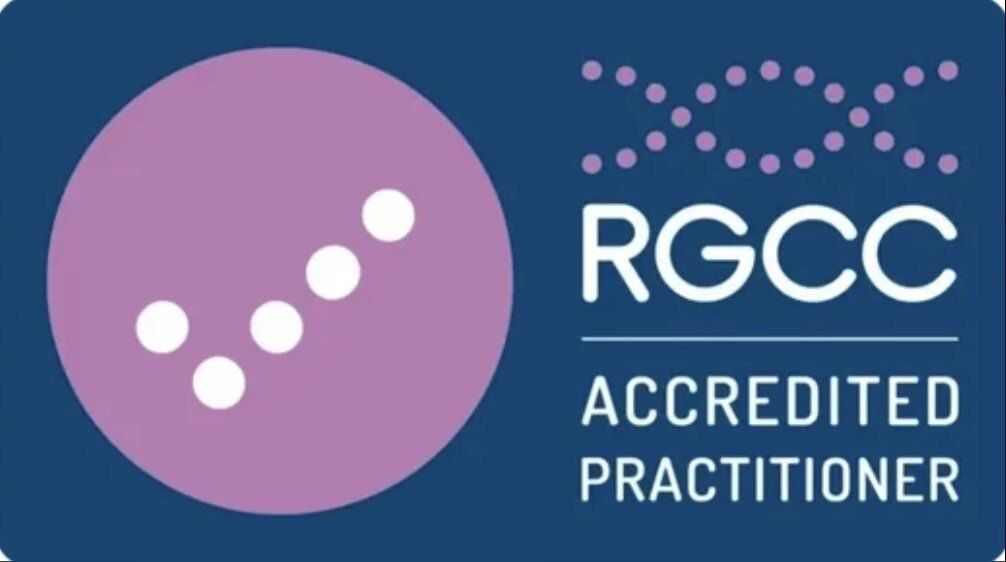Q-REstrain/SOT Therapy
Understanding the Q-REstrain/SOT Therapy
Supportive Oligonucleotide Technique (Q-REstrain/SOT) is an innovative treatment method designed to aid the body in treating various chronic conditions, including cancer and viral infections. It uses customized oligonucleotides—short DNA or RNA molecules—to target and interrupt the genetic material of specific pathogens or mutated cells. This technique may offer hope for patients with limited options, providing a natural and personalized approach to treatment.
How Does Q-REstrain/SOT Work?
SOT utilizes the body’s natural biological processes to combat disease. The treatment involves creating a personalized oligonucleotide sequence that mimics part of the target pathogen or abnormal cell’s genetic material. When introduced into the bloodstream, these oligonucleotides can bind to the corresponding genetic sequences in the target, disrupting their ability to replicate or function properly.
This technique can help cancer patients inhibit tumor growth by interfering with the cancer cell’s ability to produce proteins necessary for survival. In viral infections, SOT may prevent the virus from reproducing within the body. This approach is less invasive than traditional treatments, such as chemotherapy, and aims to minimize side effects while maximizing therapeutic efficacy.
The Benefits of Q-REstrain/SOT Therapy in Treating Chronic Conditions
One of the most significant advantages of Q-REstrain/SOT is its personalized nature. Unlike conventional treatments, which often take a one-size-fits-all approach, Q-REstrain/SOT is tailored to each patient’s condition and genetic makeup. This customization may increase the likelihood of a successful outcome and reduce the risk of harmful side effects.
Who May Benefit from Q-REstrain/SOT Treatments?
Q-REstrain/SOT may be an option for individuals dealing with various chronic conditions, especially those who have not responded well to conventional treatments. It is most commonly used for patients with certain types of cancer or persistent viral infections, such as Lyme disease or Epstein-Barr virus.
- Cancer Patients: Q-REstrain/SOT may be a valuable option for those with cancers that are difficult to treat through conventional methods. By targeting the cancer cells directly, Q-REstrain/SOT therapy can potentially slow tumor growth and provide symptom relief without the harsh side effects of chemotherapy.
- Individuals with Chronic Viral Infections: Patients dealing with long-term viral infections may find relief through Q-REstraint/SOT, which can help inhibit viral replication and reduce the severity of symptoms.
It’s important to note that not everyone is a candidate for Q-REstrain/SOT. Your healthcare provider will conduct a thorough evaluation to determine if this treatment is appropriate based on your unique medical history and condition.
What Exactly is Q-REstrain/SOT?
So, Q-REstrain/SOT is this clever therapy that uses your own body's stuff to fight off specific health problems. Think of it like this: scientists at a lab called RGCC can find the exact genetic instructions that make things like cancer cells, Lyme disease, or even some viruses act up. Then, they use tiny molecules, like messengers called microRNAs that they get from your blood, to tell those bad instructions to quiet down. This whole process is based on something called RNA Interference, or RNAi. It's like a super-specific way of turning off the volume on the genes causing trouble.
Here's how it works step by step:
- Your Blood Sample: First, you'd give a blood sample.
- Gene Identification: RGCC's lab takes your blood and hunts down the specific gene sequences linked to your condition, whether it's cancer, Lyme, or a virus.
- Target Validation: Once they think they've found the right genes, they do a lot of testing, both on computers (that's the "in silico" part) and in the lab ("in vitro"). This is super important because it makes sure that the Q-REstraint/SOT will only target the bad guys and won't mess with any of your healthy cells.
- Oligonucleotide Selection: After they've confirmed the best gene to target, they pick these tiny molecules called oligonucleotides, like the microRNAs we discussed. These are designed to match a specific part of the bad gene's instructions (mRNA).
- Gene Silencing: These oligonucleotides aim to stop the bad gene from doing its job. By attaching to the mRNA, they prevent it from making the harmful proteins that the cancer cells, Lyme bacteria, or viruses need to survive and multiply.
It's like an exact way of telling the troublemakers in your body to stop causing problems!
What Conditions Might Q-REstrain/SOT Help With?
This is where it gets exciting! Q-REstrain/SOT might be an option for a few different health challenges.
- Cancer: It could be helpful for people with different types of cancer, whether it's a solid tumour or a blood cancer, no matter what stage it's in. However, there's a note that patients with giant tumours in areas with lots of blood vessels, like the lungs, might need to be watched closely for something called tumour lysis syndrome, which is a potential risk when cancer cells are rapidly broken down.
- Viral Infections: Q-REstraint/SOT is also being examined for people infected with different viruses. These include common ones like herpes simplex virus (HSV), varicella-zoster virus (VZV—the one that causes chickenpox and shingles), Epstein-Barr virus (EBV), human papillomavirus (HPV), hepatitis B (HBV) and C (HCV), and even HIV and Coxsackie virus.
- Lyme Disease: For those dealing with Lyme disease caused by different strains of Borrelia, Bartonella, and Babesia, Q-REstraint/SOT could offer another approach.
- Other Bacterial Infections: It might also be relevant for infections caused by bacteria like Anaplasma, Rickettsia, and Ehrlichia.
Thinking about how this technology could help people with various conditions is exciting!
What are the Potential Benefits of Q-REstrain/SOT?
There are some auspicious potential benefits to Q-REstrain/SOT:
- Highly Targeted: It may be an exact treatment because it's designed to go after specific genes. This could mean it affects your healthy cells less than other therapies.
- Autologous Therapy: The fact that it uses molecules derived from your own body (autologous) might reduce the risk of your body rejecting the treatment.
- Addressing the Root Cause: Instead of just treating the symptoms, Q-REstrain/SOT aims to tackle the problem at its genetic source, which could lead to more lasting results.
- Potential for Various Conditions: As we discussed, it has the potential to be used for different types of cancer, infections, and Lyme disease, offering hope to a wider group of people.
It's important to remember that this is a relatively new area, and more research is always ongoing to understand the benefits and how best to use Q-REstraint/SOT fully.
Why Consider Working with NP Health Clinic?
You might be wondering why you should consider exploring Q-REstrain/SOT with us here at NP Health Clinic. Well, NP Andrena McDonald, our Nurse Practitioner, firmly believes in looking for the root cause of health issues and using a mix of conventional and holistic approaches.
NP Andrena is passionate about helping patients feel energetic and live their best lives. She started this practice to connect with people and work together to understand what's driving their health challenges. We're all about taking a comprehensive view of your health and exploring innovative options that might offer new possibilities.
We're excited about Q-REstrain/SOT's potential because it aligns with our philosophy of targeting the underlying issues and using personalized approaches. We're committed to staying informed about the latest advancements in healthcare and offering our patients access to promising therapies when appropriate.
By working with us, you can expect:
- A Thorough Assessment: We'll take the time to understand your health history and current situation.
- Open Discussions: We'll have transparent and honest conversations about whether Q-REstrain/SOT might suit you.
- Personalized Care: We'll work with you to develop a care plan that considers your individual needs.
- Support and Guidance: We'll support you through every step of the process.
We're genuinely thrilled about the possibilities that Q-REstrain/SOT might offer, and we're here to help you explore if it could be a part of your journey to better health. Let's chat more about it if you're curious!
Conclusion: Is Q-REstrain/SOT Right for You?
The Supportive Oligonucleotide Technique may offer a promising new option for patients seeking a personalized, less invasive approach to treating chronic conditions such as cancer and viral infections. Its ability to target the genetic material of pathogens and abnormal cells provides a unique advantage over more generalized treatments, potentially reducing side effects and improving outcomes. However, like any medical treatment, Q-REstraint/SOT may not suit everyone.
Consulting with your healthcare provider is essential to determine if this innovative approach suits you. By working closely with medical professionals and undergoing a comprehensive evaluation, you may discover that Q-REstraint/SOT is a practical and supportive addition to your treatment plan.



